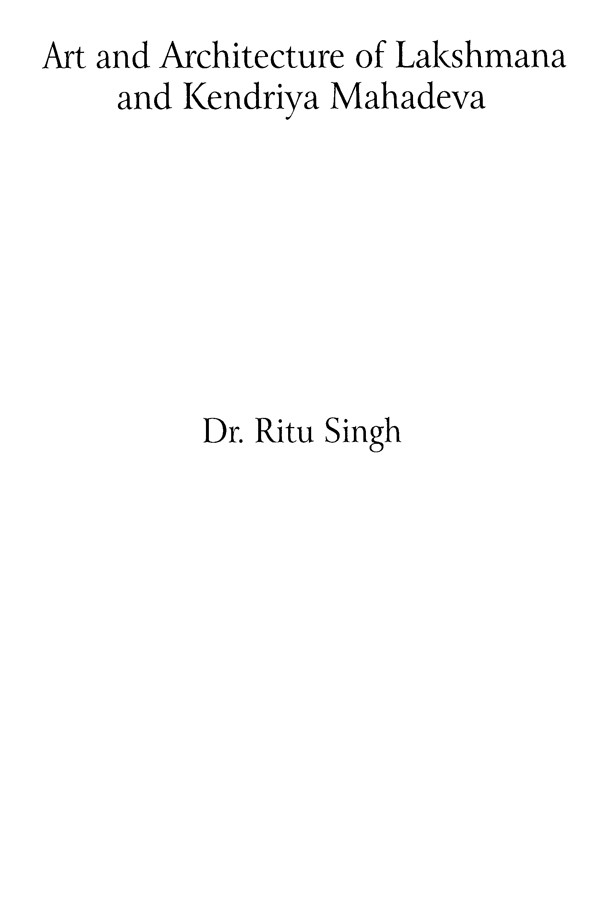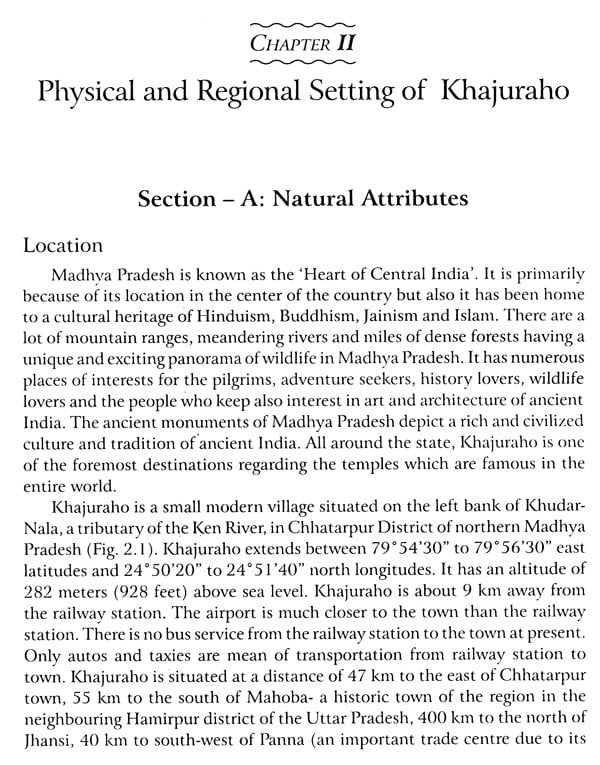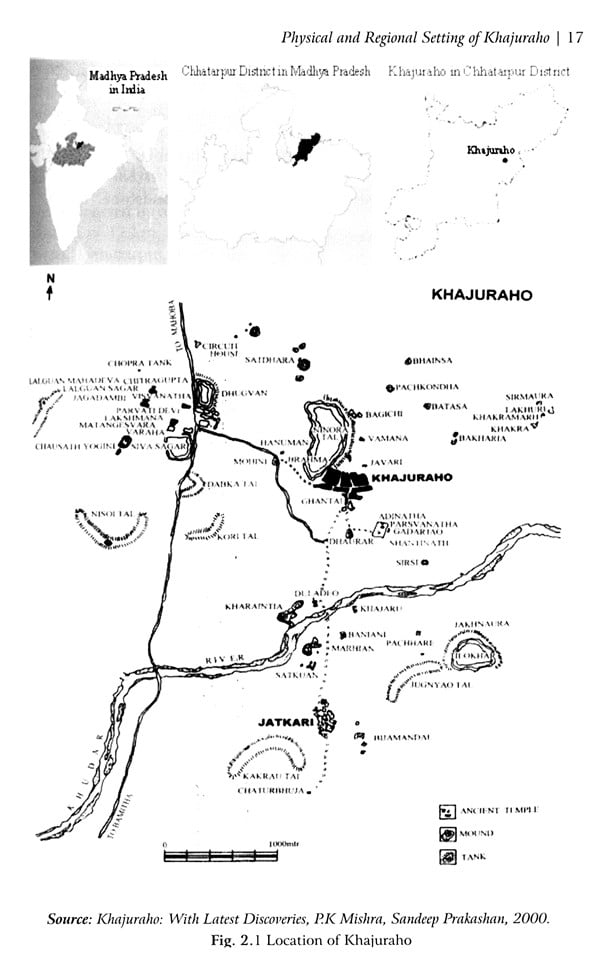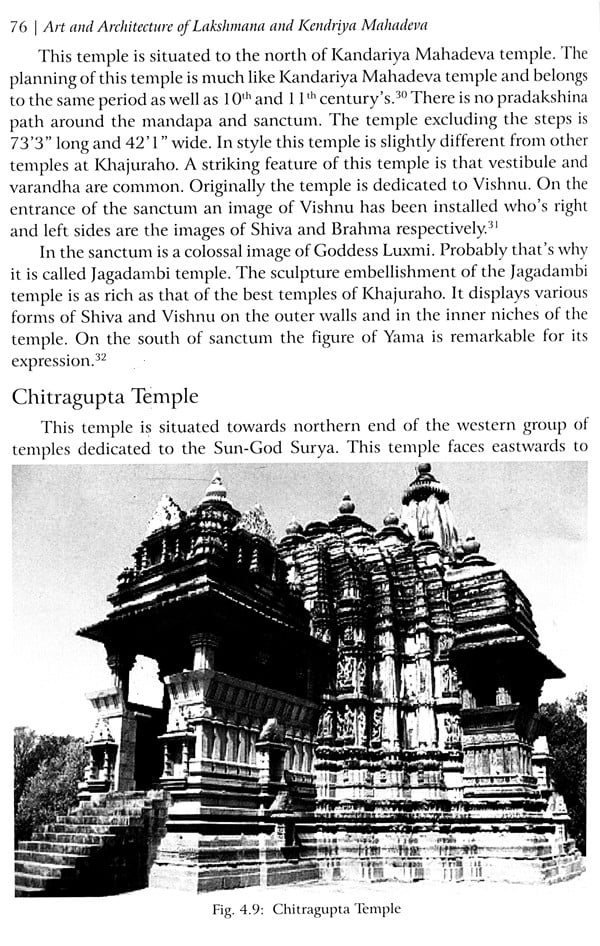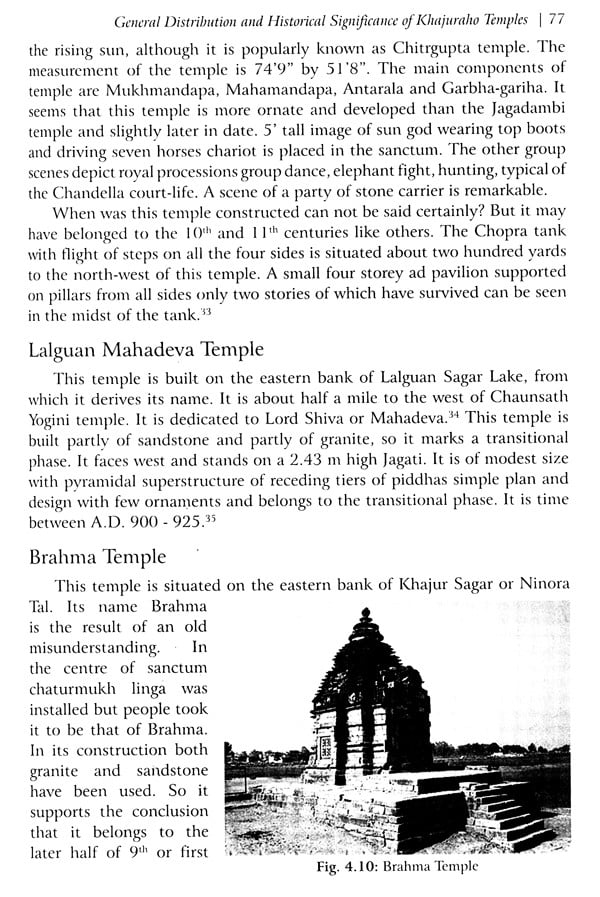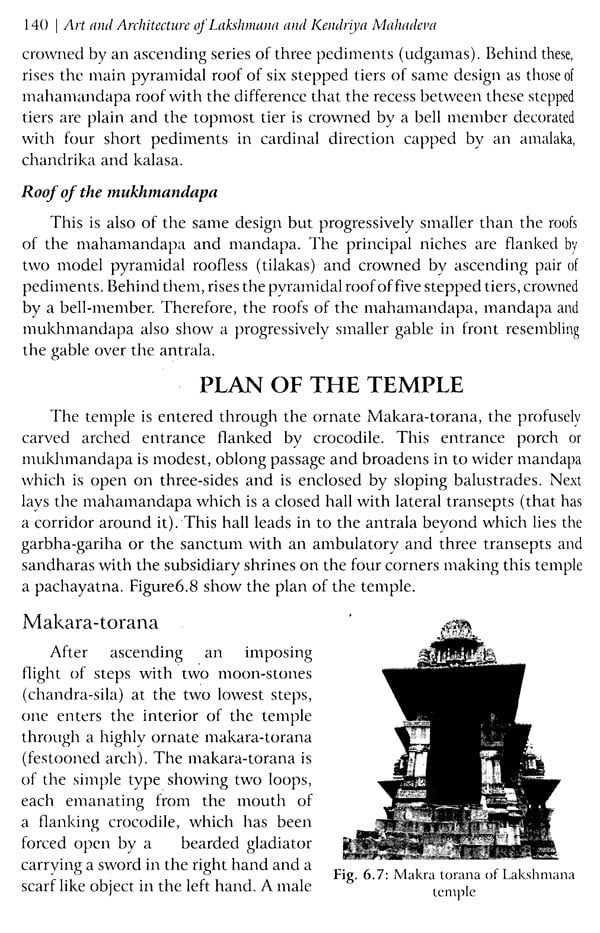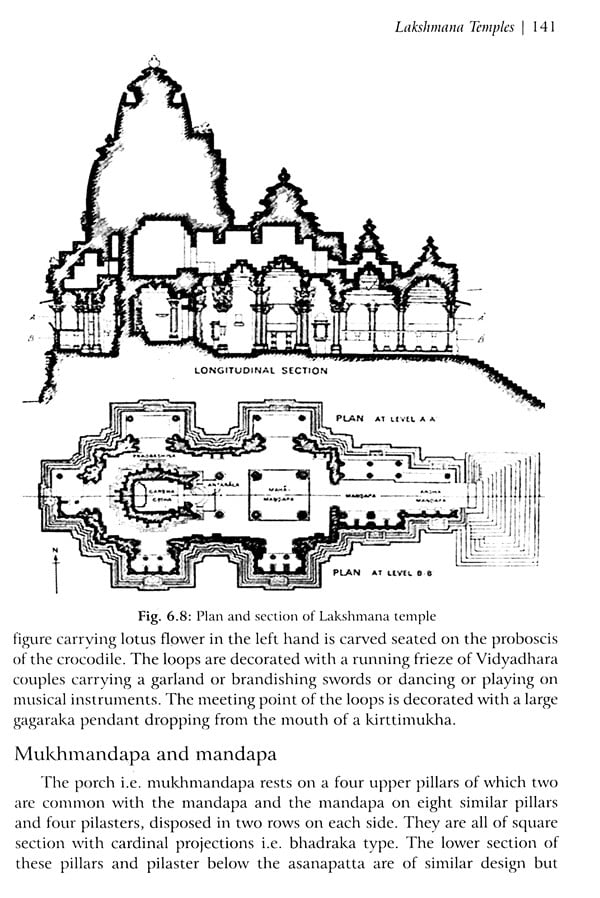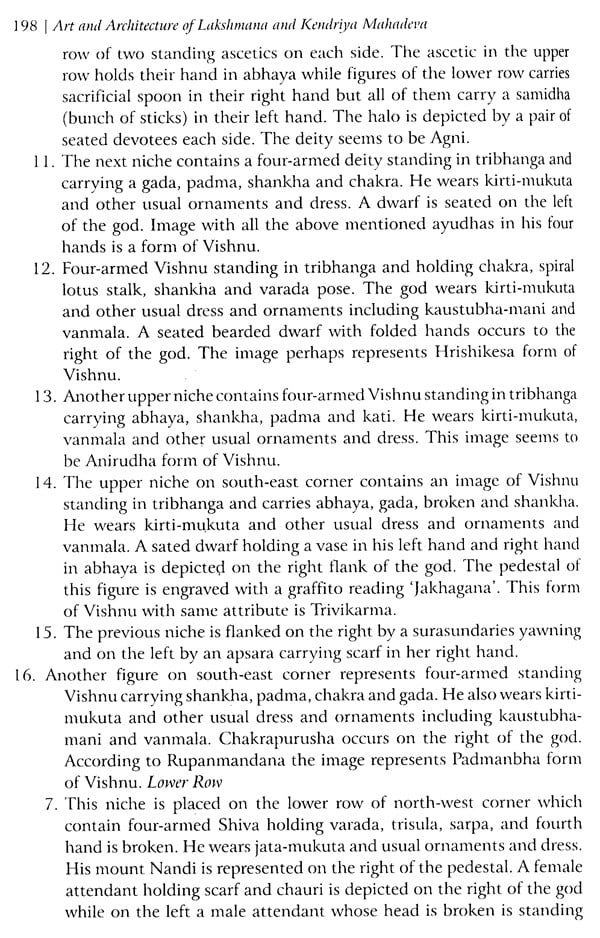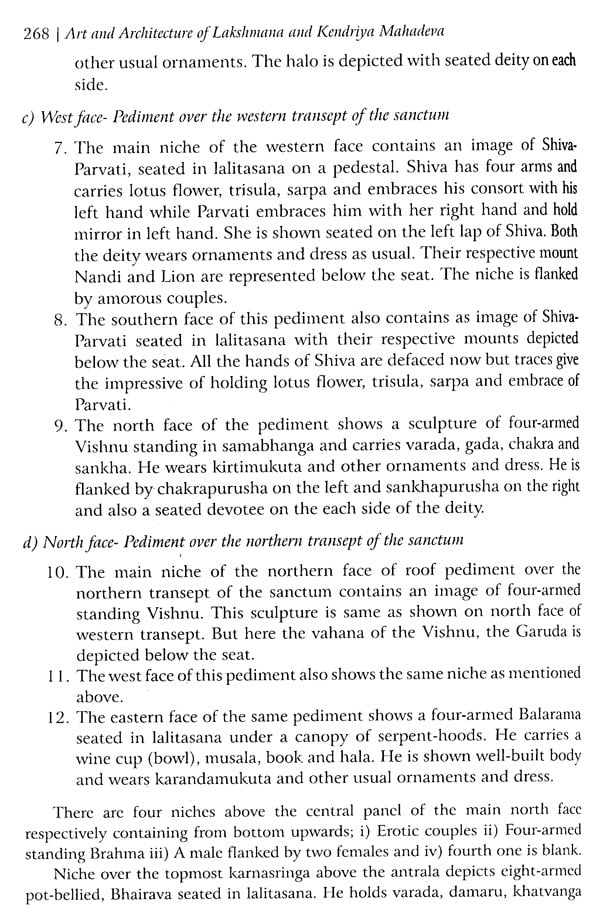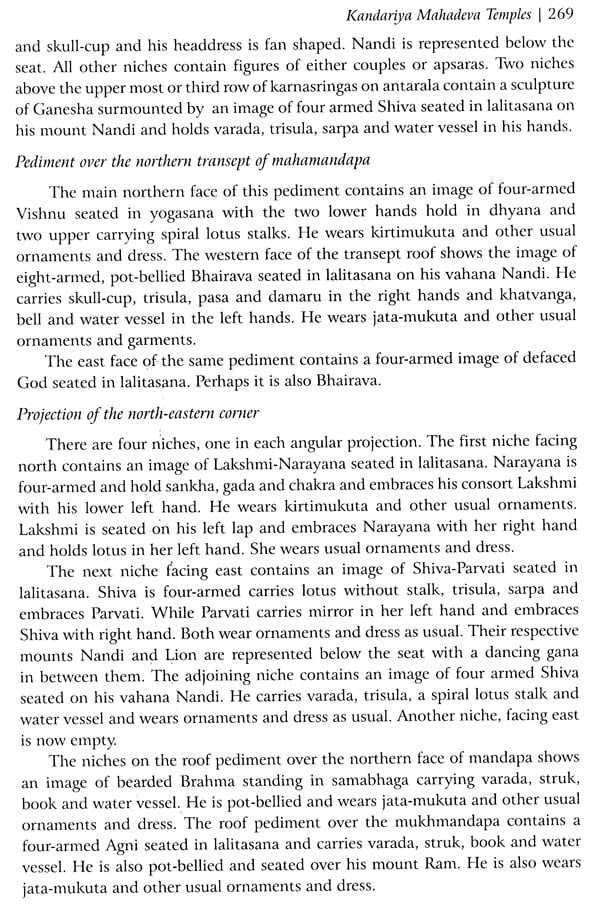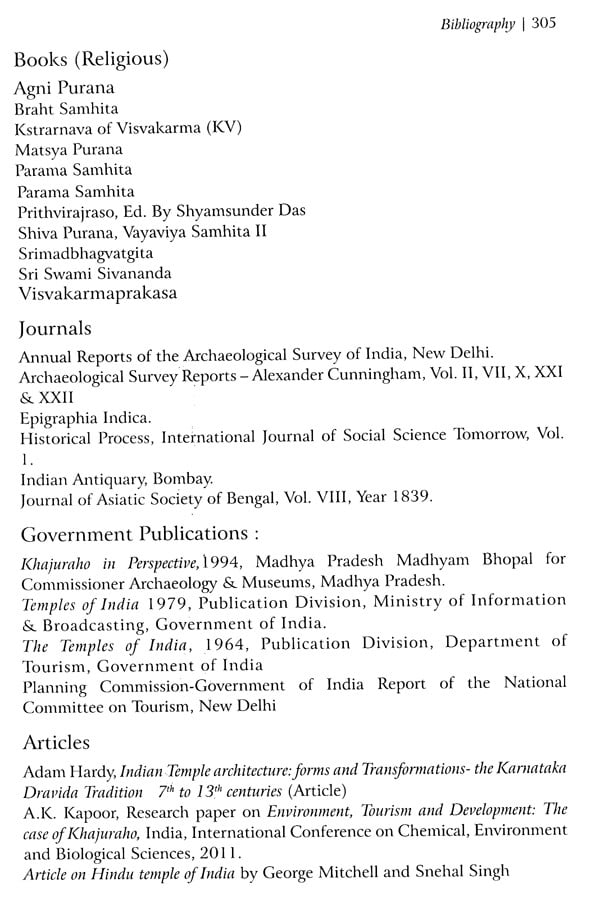About the Book This book deals with the Art and Architecture of Khajuraho Temples. These temples are world famous for their magnificence. A lot to research have been conducted on art and architecture of these temples still many aspects of this subject are unexplored. This books is an attempt to bring out the importance of Khajuraho Temples in various sphere of life from the ancient time to the modern days.
About the Author Dr. Ritu Singh is an Assistant Professor in the department of History and Areachology, Chaudhary Devi Lal University, Sirsa, Haryana. She has more than 10 years teaching experience. She has done her M. A., M. Phill & Ph. D. from Kurukshetra University, Kurukshetra, Haryana.
Preface Everyone is thrilled by the beauty of magnificent temples of Khajuraho. These temples mark the summit of the Central Indian Temple architecture style and were built by Chandellas of Jejakabhukti. The Chandellas occupy a significant place in political as well as in cultural history of India. They embellished their realm with fort, palace, temples which were mainly centered in their strongholds of Mahoba, Ajaygarh, Kalinjar. But none of these places could be compared in magnificence with Khajuraho. The temples of Khajuraho are visual records of architectural grandeur. There were originally over 85 temples of which only 22 now stand in a reasonable state of preservation scattered over an area of above 8 Sq. miles. Of these 22 temples only two have been dealt in this book. As they are biggest and tallest among the other temples of all groups of temples. They are rich in architectural style and carvings. This book presents a descriptive and systematic study of temples and sculptures in particular.
It is my great privilege to acknowledge my deepness of gratitude and heartiest thanks to Dr. Sat Dev, former Professor, Department of Ancient Indian History, Culture and Archaeology, Kurukshetra University, Kurukshetra, who with his most sympathetic attitude, kind advice, constructive criticism, indulgent attention and creative suggestions enabled me to accomplish this book.
I express my grateful thanks to Dr. Arun Kesarwani, Dr. Rajpal, Dr. Sukhdev Singh, Dr. Bhagat Singh, Dr. S.K. Vashist of Ancient Indian History Department, Kurukshetra University, Kurukshetra who in their various capacities extended required assistance.
I owe a special word of thanks to Chairperson, Department of History and Archaeology, Chaudhary Devi Lal University, Sirsa for encouragement and moral support all along. I feel highly obliged to Dr. K.L. Grover, Associate Professor, SGHS College, Sri Jiwan Nagar (Sirsa), have remained a great source of inspiration to me I extend my sincere thanks to Deputy Director, Archaeological Museum and Director of Tourism Department, Khajuraho, Chief Librarian, Archaeological Survey of India (ASI), New Delhi and Deputy Librarian, Indian Council of Historical Research (ICHR), New Delhi.
Introduction The Hindu temple construction during the medieval period (6-13 centuries) took place on a magnificent scale. It reached to its final form by combining influences from both the northern and southern India and probably also from the cultures of Invaders who continued to enter India from the north-west during this period. Every style of building construction reflects a clearly distinctive basic principle that represents a particular culture and era. In this context the Indian Hindu temple architecture are not only the abode of God and place of worship, but they are also the cradle of knowledge, art, architecture and culture. The characteristic temple plan of the northern India was developed in the 5th century under the rule of Hindu dynasty: These temples consisted of all the basic elements- the grabha-gariha surrounded by an ambulatory path, an outer portico with columns in front and flat roofs of stone. The temples constructed during this period were simple and less impressive compared to the temple constructed during the 10-13 century temples. Some of the examples from this period are temples at Sanchi. Tigawa and Deogarh. The development of shikhara started at the temple of Deogarh in Madhya Pradesh. The temples constructed in the 8 century had smaller shrines and the shikhara became the crowning feature of the temples. The addition of mandapa (the pillared hall) to the temple started during this period itself.
The other distinct characteristic of this period was the rectangular wall around the temple and addition of subsidiary shrines at each corner. The most common examples of this period are the temples at Rajasthan and the cluster of Jain temples built between 8th-12th century in Gujarat and Rajasthan. The temple of Teli-ka mandir, Gwalior and Vaital Deul, Bhubaneswar were unique and inspired from the early Buddhist architecture with rectangular plan and the barrel vault roof of chaitya hall. These temples don't make the full composition of Hindu temple as they only consist of main sanctuary with neither the mandapa nor the portico.
**Contents and Sample Pages**
